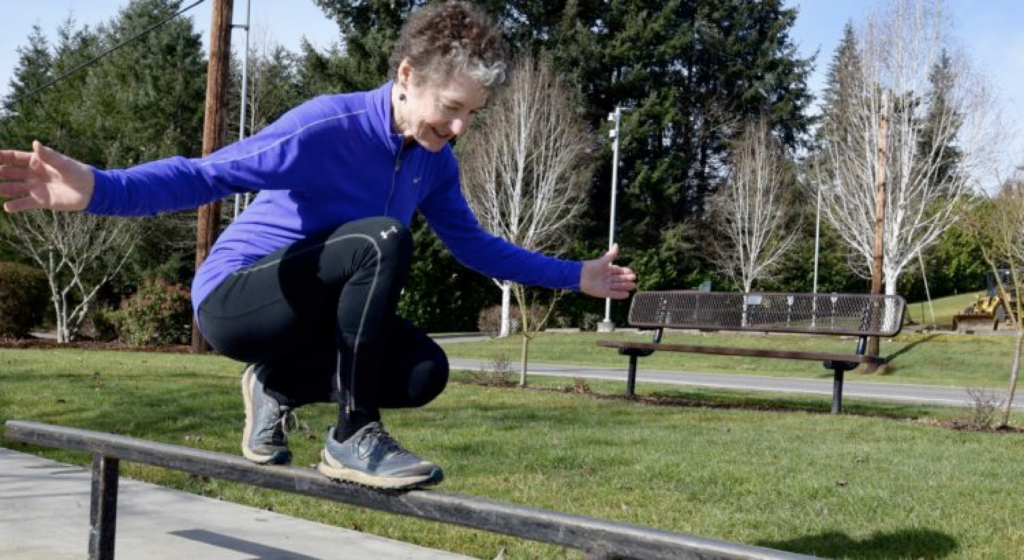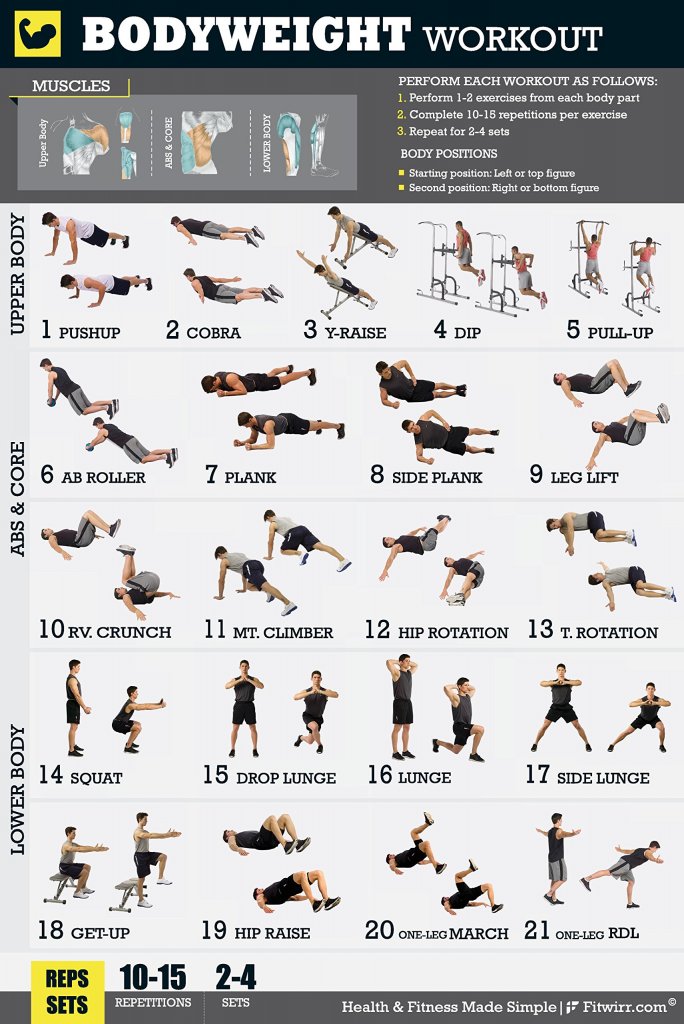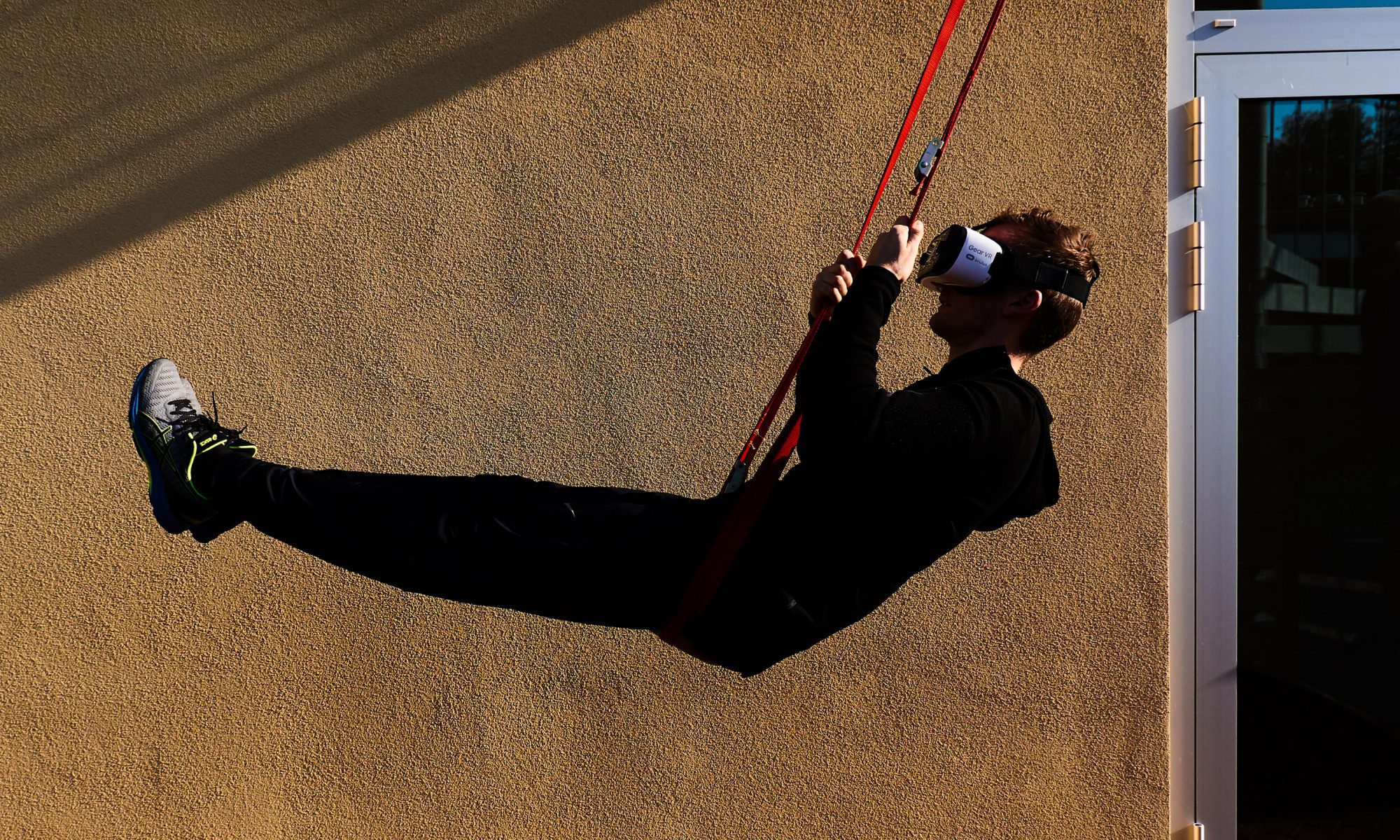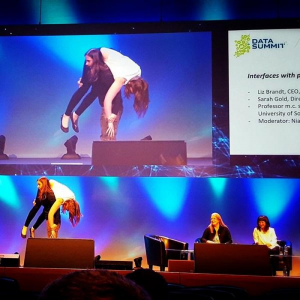This post is going to tell you about what i’m calling slow and low parkour – S/LowParkour – S/LowPark.- LowPark? Dunno yet. it’s something i’ve been seeking for years and finally realized may be staring me in the face. And now i offer this insight to you, to see if you agree and to test out. That is, if full on parkour feels one step or leap too far, we can all s/lowP towards uber strength, mobility, balance, movement. But first, a bit of background.
Parkour is probably the most amazingly awesome whole body movement practice – of moving like a human. It has several awesome qualities: its first awesome quality is that It includes what we’ve been saying makes up MOVEMENT: the coordination of strength, mobility, balance. It also relies on the environment as it is, to be explored as opportunities for movement, rather than obstacles to movement. That’s a second awesome.

A Third Awesome is that Parkour – unlike your favorite Arnie gym movement (even my beloved pull ups) – goes across ALL planes of motion.

Check it out: any gym workouts with weights – or without and you’ll note that they all pretty much map to ONE plane of motion, the sagittal plane (as per the Bodyweight workout chart to the side).

When we’re walking/running we’re in the sagittal plane – so pretty normal. But in life we also have to move to the side, reach over, turn, jump. Break out of the saggital
We therefore need to practice our MOVEment in these planes just as much as the saggital if we want to be smooth and efficient in them – which is what parkour definitely does.
Coordination of Strength Balance Mobility
When folks practice parkour, they include jumping down from ledges or up to ledges, walking on ledges. So balance, mobility, strength, are each challenged, concurrently. That’s fantastic: that’s movement.
Parkour also has a lot of grip work – grabbing, releasing, pulling, pushing – grip strength is correlated with mortality, how bout that? so good there too. Out for a walk? ANything becomes a possible place of exploration. Fantastic.
A challenge for parkour uptake is possibly the fear threshold – especially for those of us whom we might call “risk averse.” – We’ve seen district 13:
Towards slower/lower Parkour ?
The core or heart of parkour, it seems to me, is about its very multi-planer movements – there’s a lot of work where both hands and feet are involved at the same time – from hanging onto a wall and climbing up or dropping into a roll from a great height. It’s all very kinetic, and all very full body.
That dynamism with the whole body in play is not there in the things i usually use and have built up a strength practice around for years- like kettlebells, pull ups, push ups, presses – all things sagital, and mainly minimal kit – like a pull up bar, rings, and yes kettlebells, bands (as per this list of making such tools accessible).
These practices however are not what one would call “athletic” in the sense of athletic movement. What football player, or even golfer moves just in the sagittal plane? What of any physical, land-based play, involving the whole body, moves in just that single direction?

Outside this space (or box) of pull ups, push ups, swings, rings and dips, I’ve been dauntingly inspired by the definitely beyond saggital plane movement work of Ido Portal (for example this low bridge rotation attempt). And for years and years have observed systems like Natural Movement (MovNat) (eg this Hawaii island run jump and climb) And, a bit more recently, the coordinated patterns of Animal Flow. And there are many more with that capoeira vibe – all of which felt – i gotta say – either completely (and prohibitively expensively) out of reach or just not my jam. Too structured; not structured enough. Largely featuring men without shirts on showing off their incredibly ripped torsos, doing supposedly intro tutorials that were not intro at all.
And then, more recently, what i’ve been practicing and sharing with folks – particularly in terms of building a strength practice – is a bit of a change. It’s inspired by GMB fitness and their four core, four on the floor movements: monkey, frogger, crab, bear. Why? several reasons
- The approach to movement is ACCESSIBLE: start where you are – whatever challenge you find there is GREAT – and here’s how to get going. No guys without shirts; actually some women; older and younger Case Studies – VERY FRICKING HUMAN. Ya, in my practice i do deal with Real Athletes in Pain, but most of the time, i’m working with Us Normal Humans. So i really appreciate seeing Normal Humans doing this stuff.
- The WAY of these Movements: These “animal” movements get our arms working with our lower body – so there’s a whole body coordination involved – strength, balance, mobility – the whole movement package at once – like parkour – and heck – like life.
- NEW ORIENTATION NEW SENSITIVITIES NEW BRAIN/MUSCLE WORK MORE RESILIENCE By working the body in new ways – like on all fours – we are re-learning balance and mobility and developing that precious odd angle strength.
- These moves also capture most of the move fundamentals of push, pull, rotate, squat, carry. They’re a little light on pull – which is hard to get without grabbing something.
- there are more moves in the GMB kit that capture rotations in what they frame as developing the transitions between these moves towards flows – including shoulder roles, rocking – stuff – that bringts these moves together
ARE THESE Animal MOVES THE HEART OF S/LowParkour? These animal movements – the four on the floor – give us – i think – therefore – the LOW part of parkour. And the approach – makes it super accessible – letting us SLOW down the moves – in fact slowing moves is not only important for skill building it’s also strength building (as touched on in this post around concentrating in the contraction). The mission i get from GMB – and you can hear it yourself in their videos is – start where you are.
Great! – so we have balance work in these, a lot of strength, a lot of coordination because these movements are whole body in motion, and we have mobility – for these motions. These attributes cover a lot of parkour. What’s missing? Anything missing?
Other Parkour Bits for S/Low: Grip, Pull and Leap

While the GMB animal moves are likely the heart of S/Low Parkour, there are a few more bits to include (and let me keep my pull ups as an option – you’ll see)
OBSTACLES Parkour – if we want to touch on everything in the parkour kit – also has obstacle navigation It’s very involved with challenging gravity with obstacles.
What i’m keen to explore with y’all is whether doing more four on the floor work encourages more opportunities to work with the environment for fun and movement.
For instance, what about using the curb as a walk in a straight line challenge for balance? what if we considered, walking backwards down the last two stairs before the landing? or just walking backwards. What if we stepped up on that rock to go over it and perhaps little cat jump down into a roll in the grass? Dunno – let’s find out.
GRIP & PULLING Another attribute of all that leaping we see in the district 13 clip above (just for example) is a lot of grabbing ledges and pulling up ropes, walls, ladders. Grip is as noted HUGE for our lives. THere’s two ways we can get grip and pulling going – to add to our S/lowParkour:
Carry stuff with handles – like oh i dunno – kettlebells? 🙂 Grocery bags, heavy(ish) stuff, where we grip? That’s a kind of pulling up action – we are resisting the pull of gravity to take these out of our hands. Here, when hand grip carrying, we can also challenge moving sideways, exploring rotations, like pick up in front rotate to side put down, do a squat turn pick up, walk etc.

Also of course for pulls, are pull ups. These work grip – oh yes
And these can become more dynamic with things like monkey bars or the amazing rings at muscle beach in california (why these kinds of rings only seem to exist in this one place, who knows).
Rings ON a pull up bar are a kind of way to play with brachiation as well.
S/Low Parkour – a work in progress
Yes, these accessible four on the floor movements as framed so accessibly by GMB fitness are what SEEM to be a great foundation for slower, lower parkour – not only lower on the ground than roof tops, but lower risk of injury for more abilities, starting points, ages?
With the add on of some grip work/ pulls – either as grip working carries or pull ups/arm swings (the Complete Monkey, perhaps) – it seems there’s an opportunity to then – from that confidence building body (of) movement, to begin as well to explore taking these moves outdoors, where i once again hold out the movement test of all time from Grover: over and under around and through. Pass this test, we’re moving here!
EXCITEMENT –
What is SO EXCITING to me here – that suddenly these very much on the ground with gravity moves – are also actually a precursor or cousin of the urban acrobatics of parkour that have seemed so out of reach. It’s like no, dude, this IS parkour – it’s s/low parkour, of a perhaps less dopamine-dependent variety. And maybe it’ll be the great foundation for jumping from one wall to another. It’s kinda nice it doesn’t have to be. Cuz i still got pull ups, too 🙂
it’s a work in progress, and its at least for me – kinda re-inspiring and re-invigorating my movement practice. You?
thanks for reading.
-m.c.







